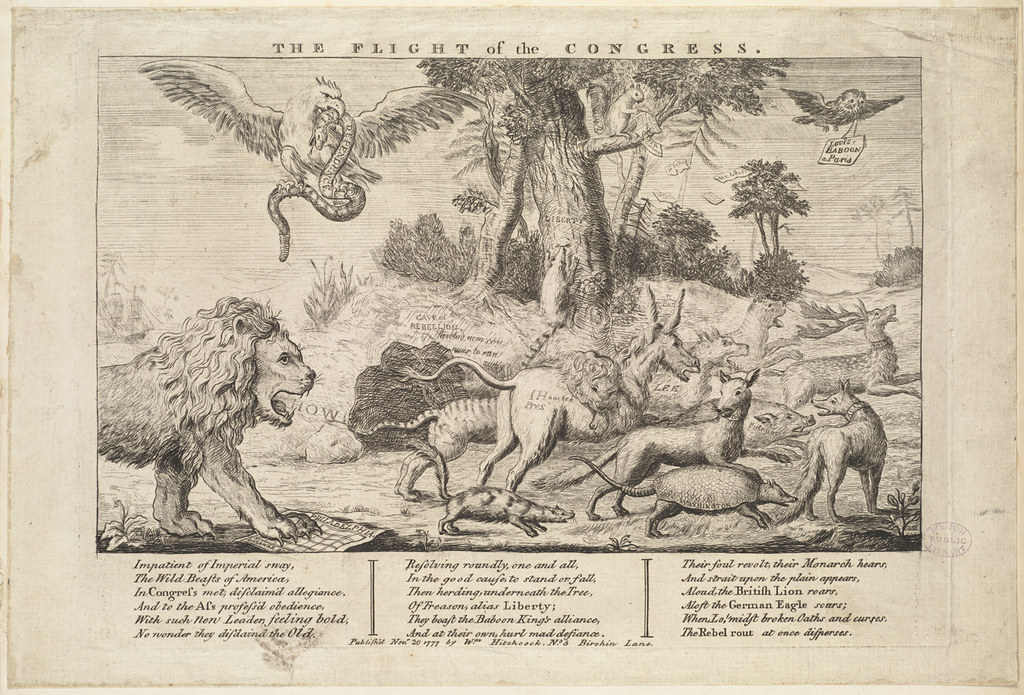Artistic Expressions Beyond Humans: Exploring Animals That Create Drawings and Paintings: Art has long been considered a distinctive human endeavor, but the animal behavior world never surprises us. While creating art is typically associated with human ingenuity and expression, there are intriguing examples of animals demonstrating artistic abilities. This article delves into creative expression in the animal kingdom, exploring creatures that can draw images or make paintings, offering a unique glimpse into the intersection of creativity and the natural world.
Elephants: Giants with a Brushstroke:
One of the most recognized examples of artistic animals is the elephant. With their dexterous trunks, elephants have been trained to hold paintbrushes and create abstract paintings. These remarkable creatures, guided by human trainers, produce broad brushstrokes on the canvas, resulting in vivid and sometimes mesmerizing artworks. While the creative process may not involve conscious artistic expression, the elephants’ participation showcases their intelligence and adaptability.
Chimpanzees: Abstract Artists:
Chimpanzees, our closest living relatives, can use tools and engage in artistic activities. With human guidance, chimpanzees have been observed manipulating paintbrushes to create marks and patterns on paper or canvas. Their artwork often falls into the abstract category, characterized by bold strokes and vibrant colors. These artistic endeavors offer insights into their cognitive abilities and serve as forms of enrichment within captive environments.
Gorillas: Finger Painting with Passion:
In addition to chimpanzees, gorillas have also demonstrated artistic inclinations. Some have been taught to use finger painting, directly applying paint to surfaces to create simple compositions. While their creative expressions may not possess the same level of complexity as human art, they reflect a remarkable capacity for exploration and creativity. Gorilla artwork is a testament to their cognitive potential and the diverse ways animals engage with their environment.
Parrots: Feathered Brushstrokes:
Parrots, renowned for their mimicry abilities, have also been trained to participate in artistic endeavors. Certain species, such as African grey parrots, have been taught to hold paintbrushes and create strokes on paper or canvas. Their colorful and often abstract artworks showcase the parrots’ capacity to imitate human movements and contribute to exploring non-human creativity.
Interpreting Animal Art:
It is important to note that animal artworks are typically facilitated and guided by humans who provide the necessary tools and training. The artistic expressions produced by animals differ from human art in intention and symbolism. Animal artwork often serves as a means of enrichment, cognitive stimulation, or communication within captive settings. Nevertheless, these creative endeavors highlight various animal species’ surprising abilities and adaptive behaviors.
The Intersection of Art and Science:

Exploring the artistic expressions of animals offers researchers valuable insights into animal cognition, perception, and behavior. Studying animal art provides a unique lens to understand the rich diversity of life on our planet and challenges our perception of what defines artistic expression. Furthermore, it prompts us to appreciate the beauty and ingenuity of the animal kingdom, showcasing that creativity can manifest in unexpected and fascinating ways.
Conclusion:
While creating art has long been considered a hallmark of human culture, animals have also demonstrated surprising artistic abilities. From elephants wielding paintbrushes to chimpanzees making abstract marks, these examples highlight various species’ extraordinary adaptability and cognitive prowess. Animal art enriches our understanding of non-human creativity and underscores the importance of conservation efforts to preserve the diverse expressions of life on Earth.
FAQ
Here are some frequently asked questions (FAQ) about animals that can draw images or make paintings:
Q1: Can elephants paint?
A: Elephants have been trained to hold paintbrushes with their trunks and create paintings on canvas. While human trainers may guide their artistic expressions, elephants demonstrate remarkable talent and produce abstract artworks.
Q2: Do chimpanzees have artistic abilities?
A: Yes, chimpanzees have shown the ability to engage in artistic activities. With human guidance, they can use paintbrushes to create marks and patterns on paper or canvas, often resulting in abstract artwork.
Q3: Can gorillas paint or draw?
A: Gorillas have also been observed engaging in artistic activities. Some have been taught to finger paint, using their hands to apply color directly to surfaces and create simple compositions.
Q4: What other animals can create artwork?
A: Parrots like African grey parrots have been trained to hold paintbrushes and create strokes on paper or canvas. Their colorful and sometimes abstract artworks showcase their mimicry abilities and contribute to exploring non-human creativity.
Q5: Are these animal artworks considered true art?
A: The interpretation of animal artworks as true art is subjective. While they may lack the conscious intent and symbolism associated with human skill, they offer insights into animal cognition, creativity, and sensory exploration.
Q6: Why do animals engage in artistic activities?
A: Humans often facilitate Animal artistic activities in captive environments as a form of cognitive enrichment, stimulation, or communication. These activities provide mental and physical engagement for the animals.
Q7: Are there other examples of animals displaying creativity?
A: Yes, there are other examples of animals exhibiting creative behaviors. Some birds, such as bowerbirds, create elaborate structures and decorations to attract mates. Dolphins have been observed creating and playing with bubble rings, showcasing playful and inventive behaviors.
Q8: What can we learn from animal art?
A: Animal art offers insights into animal cognition, perception, and behavior. It challenges our understanding of creativity and expands our appreciation for the diversity of life on Earth. It also emphasizes the importance of conservation to preserve the remarkable abilities and expressions found in various animal species.
Q9: Can animals comprehend their artwork?
A: It is unclear whether animals fully comprehend their artwork. Their engagement in artistic activities is often driven by the process rather than the final result. However, further research is needed to understand their perception and interpretation of their creative expressions fully.
Q10: How can animal art contribute to conservation efforts?
A: Animal art can raise awareness about the intelligence and uniqueness of different species, promoting conservation efforts and highlighting the importance of preserving biodiversity. It fosters a deeper connection between humans and animals, encouraging empathy and stewardship for the natural world.
Please note that the artistic abilities and behaviors discussed here are specific to certain individuals within each species and may not represent the entire animal population.


